There’s something magical about catching the first light of day as it paints the landscape in golden hues. While coffee might get your brain working, watching the sun rise over America’s most stunning locations will wake up your soul in ways that no caffeine ever could. From rugged coastlines where waves crash against ancient rocks to mountain peaks piercing clouds like natural skyscrapers, the United States offers countless spots where early risers are rewarded with views that make those 5 AM alarms completely worth it.
The beauty of a sunrise lies in its fleeting nature—you may only have an hour of pure magic before the world fully wakes up, and the light becomes ordinary again. Here is a list of 20 spectacular US locations where getting up before dawn pays off with unforgettable sunrise experiences.
Grand Canyon South Rim, Arizona
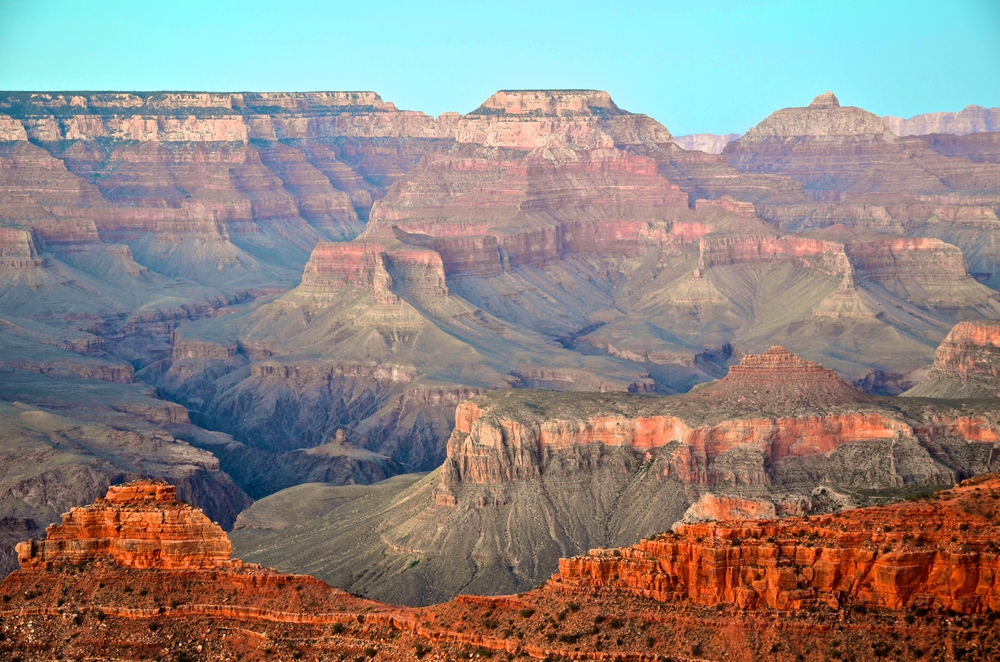
The Grand Canyon transforms into a completely different beast at sunrise, when shadows dance across rock layers that tell Earth’s billion-year story. Those famous reds and oranges you see in postcards become almost supernatural in the early morning light, shifting and changing like a slow-motion fireworks show.
Head to Hopi Point or Mather Point about 30 minutes before sunrise, and you’ll understand why this place draws millions of visitors who are willing to stumble around in the dark.
Cadillac Mountain, Maine
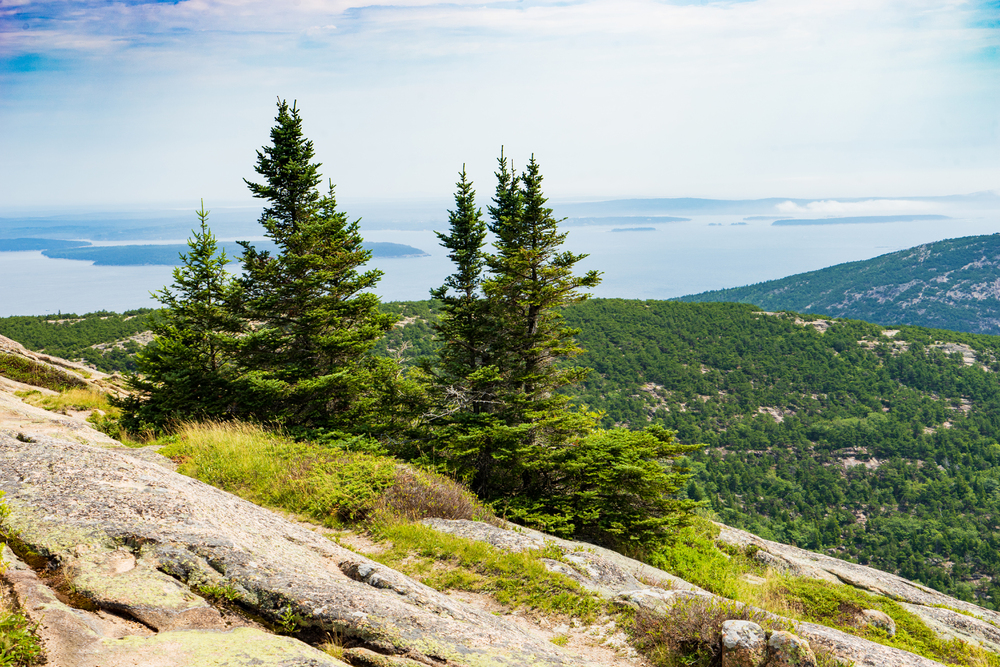
Sitting pretty in Acadia National Park, Cadillac Mountain holds the bragging rights as the first place to see sunrise in the United States from October through March. The 3.5-mile drive to the summit takes about 20 minutes, but you’ll want to arrive early since parking fills up faster than a popular restaurant on a Friday night.
From the top, you can watch the sun emerge from the Atlantic Ocean as the rocky Maine coastline stretches below like a natural sculpture garden.
Like Travel Pug’s content? Follow us on MSN.
Mount Washington, New Hampshire
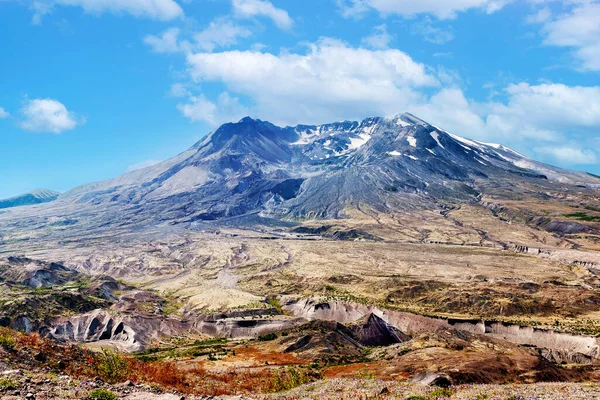
At 6,288 feet, Mount Washington offers views that stretch across three states on clear mornings, though ‘clear’ is relative since this peak is famous for having some of the world’s worst weather. The auto road to the summit opens seasonally, but those brave enough to make the journey are rewarded with panoramic views of the White Mountains and valleys that look like a patchwork quilt from above.
Just pack layers—temperatures can drop 30 degrees from base to summit.
Mallory Square, Key West, Florida

Key West is famous for sunsets rather than sunrises, but the morning light hitting the historic downtown area creates its kind of magic. The pastel-colored buildings reflect the soft morning sun like a Caribbean postcard come to life.
Grab a café con leche from a local shop and stroll along the waterfront where fishing boats head out for the day while pelicans patrol the docks like feathered security guards.
Haleakalā Summit, Hawaii
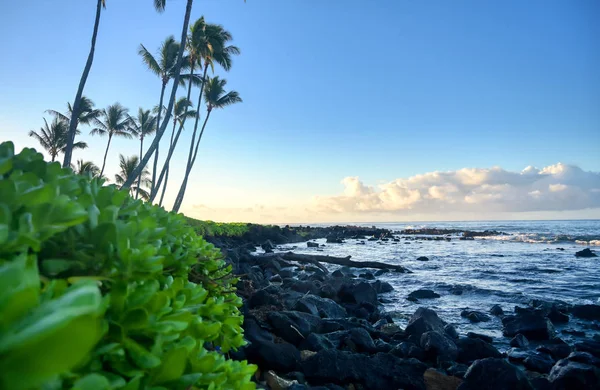
Haleakalā translates to ‘House of the Sun,’ and locals weren’t kidding around when they named this 10,023-foot volcanic summit. The drive up takes about two hours from sea level, winding through multiple climate zones until you’re literally above the clouds, watching the sun emerge from the Pacific.
The crater landscape looks so much like Mars that NASA has used it for training, but the sunrise views are pure Earth magic.
Like Travel Pug’s content? Follow us on MSN.
Cataract Falls, Tennessee

Located in the Great Smoky Mountains, Cataract Falls provides a perfect combination of rushing water and mountain vistas that come alive in the early morning mist. A moderate hike of about 45 minutes leads to the falls, but you’ll be walking through old-growth forest that feels like stepping back in time.
Morning light filtering through the canopy creates a natural cathedral effect while the waterfall provides a soundtrack that beats any meditation app.
Bryce Point, Utah
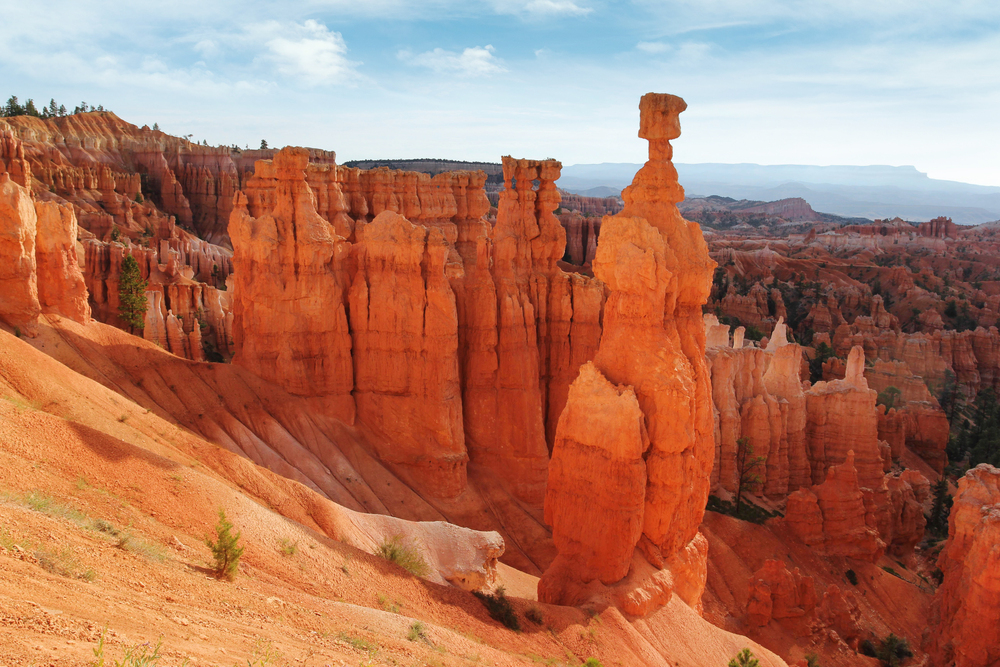
Bryce Canyon’s famous hoodoos—those towering rock spires which look like nature’s chess pieces—create shadows that shift dramatically as the sun rises over the amphitheater. The contrast between the red rock formations and the often snow-capped peaks in the distance creates views that seem almost painted rather than real.
At 8,000 feet elevation, mornings can be surprisingly chilly even in summer, so bring a jacket for the 15-minute walk from the parking area.
Crater Lake Rim Drive, Oregon
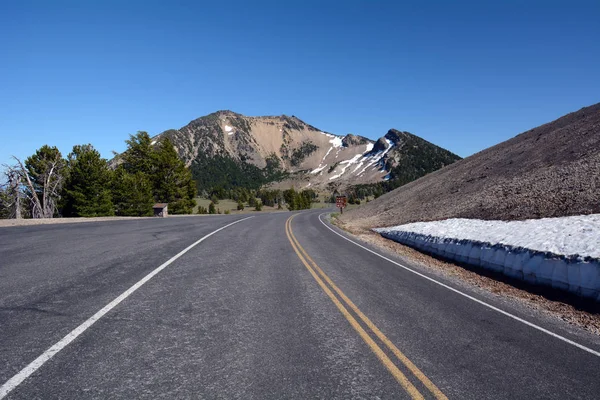
Crater Lake’s impossibly blue water sits in a volcanic caldera that formed 7,700 years ago, creating a natural bowl that reflects the morning sky like a giant mirror. The rim drive offers multiple viewpoints, but Watchman Overlook provides the most dramatic panoramic views of the lake and Wizard Island.
The intense blue color comes from the lake’s depth—nearly 2,000 feet—and the way morning light penetrates the water creates an almost electric blue that photographs never quite capture.
Like Travel Pug’s content? Follow us on MSN.
Paradise Point, Washington
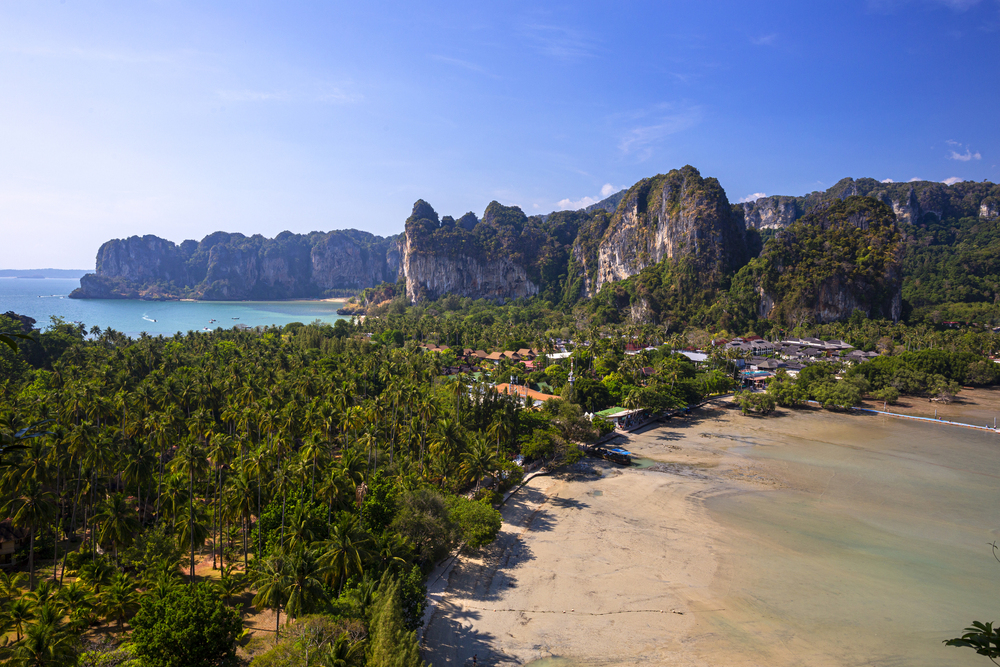
Mount Rainier dominates the horizon from Paradise Point like a massive white sentinel watching over the Cascade Range. On clear mornings, the mountain reflects perfectly in the subalpine lakes scattered throughout the area, creating double images that mess with your depth perception in the best possible way.
The wildflower meadows bloom from July through September, adding splashes of color that complement the glacial peak towering 14,411 feet above sea level.
Artist Point, Wyoming
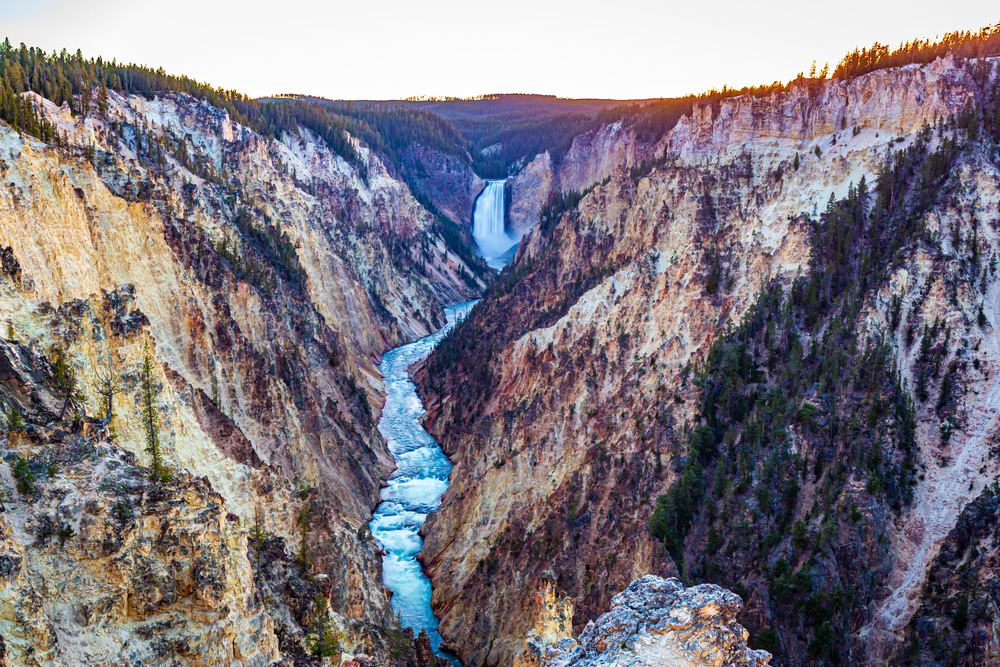
Yellowstone’s Grand Canyon offers a completely different perspective from its more famous Arizona cousin, with the Lower Falls dropping 308 feet into a colorful canyon that looks like someone spilled a painter’s palette. The morning light hits the yellow and red rock walls at just the right angle to make them glow like stained-glass windows.
The short walk from the parking area takes you to multiple viewpoints where you can hear the roar of the falls echoing off the canyon walls.
Angels Landing, Utah
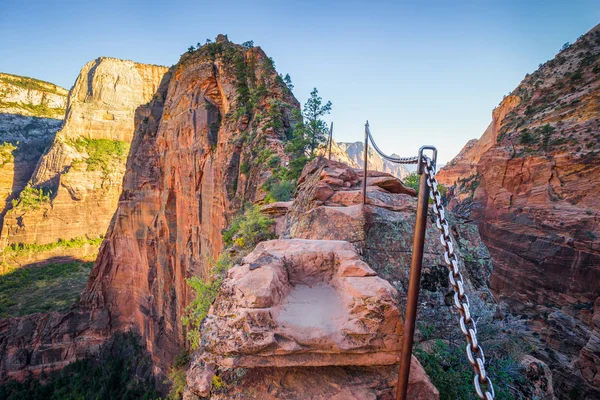
Zion’s Angels Landing trail isn’t for the faint of heart—the final half-mile requires holding onto chains while walking along a narrow ridge with 1,000-foot drops on both sides. But those who make the journey are rewarded with sunrise views over Zion Canyon that make every terrifying step worthwhile.
The red sandstone cliffs catch the morning light and seem to glow from within, while the Virgin River winds through the canyon floor far below like a silver ribbon.
Like Travel Pug’s content? Follow us on MSN.
McWay Falls, California
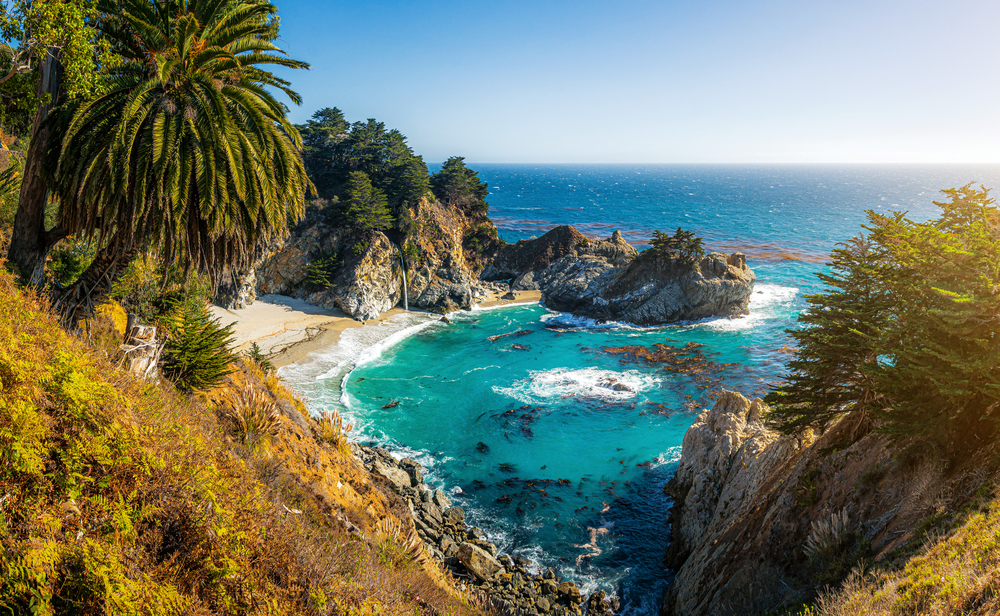
Big Sur’s McWay Falls drops 80 feet directly onto the beach, creating one of the few waterfalls in the world that falls onto sand rather than rocks. The morning light illuminates the mist rising from where water meets the ocean, creating rainbows that dance in the spray.
The short walk from Highway 1 takes you to an overlook where you can watch waves crash against the base of the falls while sea otters play in the kelp beds offshore.
Monument Valley Overlook, Utah
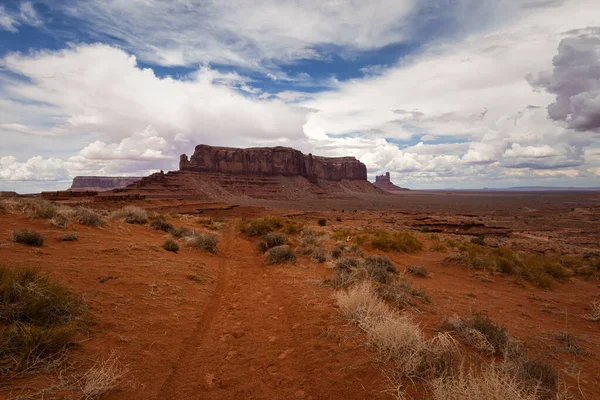
Monument Valley’s iconic sandstone buttes rise from the desert floor like ancient skyscrapers, creating silhouettes that have appeared in countless Western movies. The morning light transforms these red rock formations from dark shadows into glowing monuments that seem to change color every few minutes.
The overlook provides panoramic views across the Navajo Nation, where the landscape stretches to the horizon in all directions like a living postcard.
Logan Pass, Montana

Glacier National Park’s Logan Pass sits at 6,646 feet along the Continental Divide, offering views that stretch from alpine meadows to glacier-carved peaks that still hold snow year-round. The Going-to-the-Sun Road to reach Logan Pass is an engineering marvel that hugs cliff faces and provides heart-stopping views around every curve.
Mountain goats often graze near the visitor center, seemingly unbothered by tourists who travel thousands of miles to see landscapes these animals call home.
Like Travel Pug’s content? Follow us on MSN.
Trail Ridge Road, Colorado

Rocky Mountain National Park’s Trail Ridge Road climbs above 12,000 feet, making it one of the highest continuous paved roads in North America. The alpine tundra at this elevation looks like another planet, with hardy plants that hug the ground to survive winds that can reach 200 miles per hour.
On clear mornings, you can see peaks stretching to the horizon in every direction, with some summits reaching over 14,000 feet into the air so thin that even walking feels like exercise.
Delicate Arch, Utah
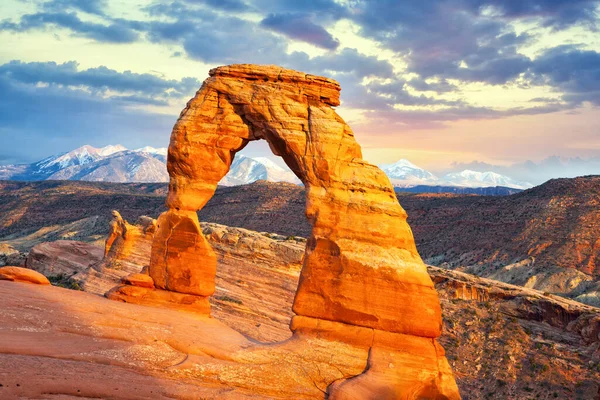
Arches National Park’s most famous formation stands 65 feet tall and frames the distant La Sal Mountains like a natural picture window. The morning light hitting the red sandstone creates a warm glow that makes the arch appear to be lit from within.
The moderate 1.5-mile hike to reach Delicate Arch takes you across slickrock that feels like walking on another planet, with the arch appearing suddenly as you crest the final ridge.
Zabriskie Point, California
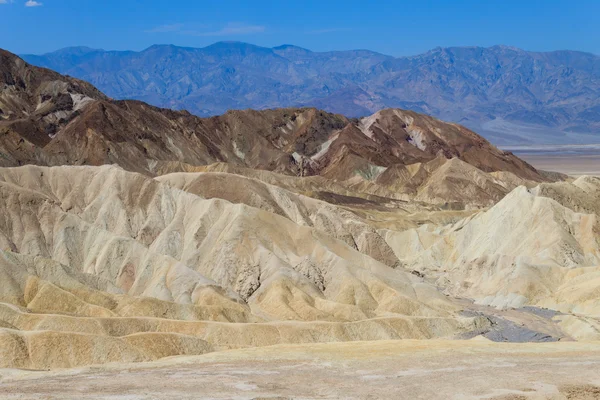
Death Valley’s Zabriskie Point overlooks badlands that were formed from ancient lake sediments, creating a landscape of ridges and valleys resembling crumpled parchment. The morning light transforms these normally harsh-looking formations into golden waves that seem to ripple across the desert floor.
At 282 feet below sea level, Death Valley holds the record as the lowest point in North America, yet the surrounding mountains rise over 11,000 feet above the valley floor.
Like Travel Pug’s content? Follow us on MSN.
Skyline Drive, Virginia

Shenandoah National Park’s 105-mile Skyline Drive follows the crest of the Blue Ridge Mountains, offering over 75 overlooks where you can watch morning mist rise from valleys that stretch to the horizon. The Appalachian Mountains are among the oldest on Earth, worn smooth by millions of years of weather into gentle ridges that layer into the distance like blue-green waves.
Fall mornings are particularly spectacular when the hardwood forests explode in colors that rival any sunset.
White Sands Dunes, New Mexico
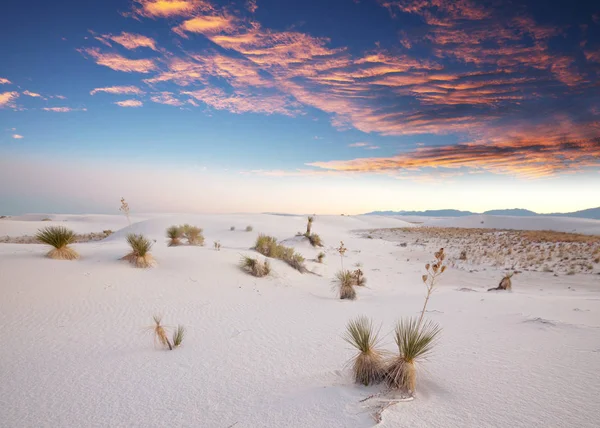
White Sands National Park contains the world’s largest gypsum dune field, creating a landscape so surreal it looks like freshly fallen snow in the middle of the desert. The morning light hitting these white dunes creates shadows and highlights that shift constantly as the wind reshapes the landscape grain by grain.
Unlike typical dunes, gypsum stays cool to the touch even in blazing heat, making early morning walks across the dunes feel like exploring an alien world.
Hurricane Ridge, Washington
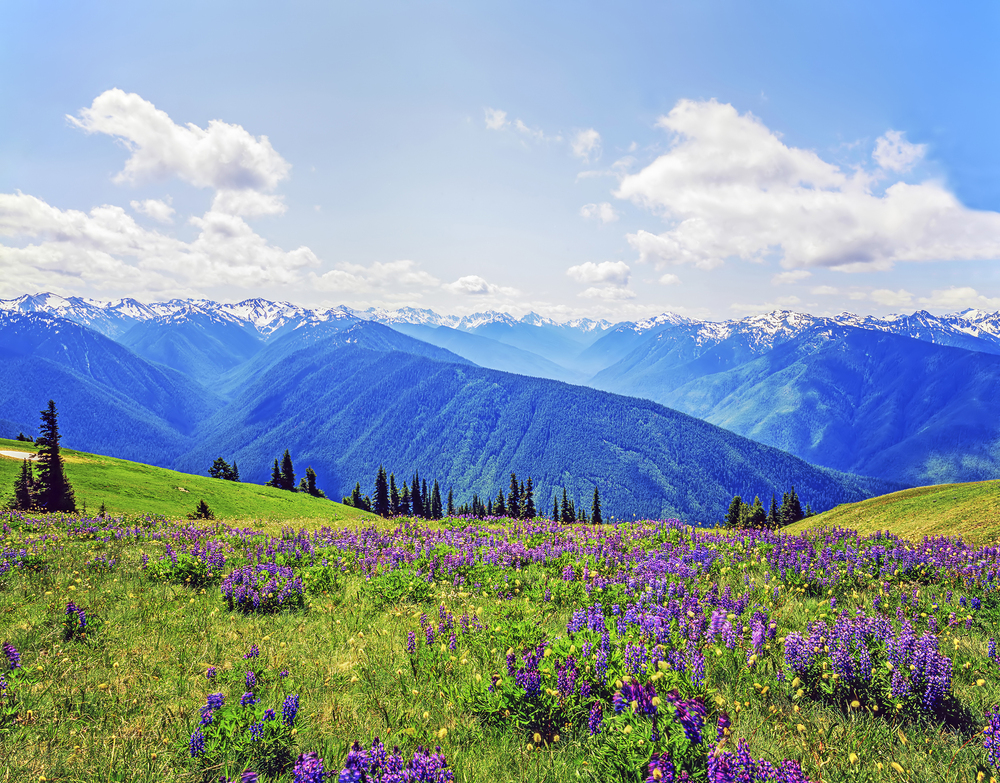
Olympic National Park’s Hurricane Ridge provides panoramic views of the Olympic Mountains and the Strait of Juan de Fuca, with Canada’s Vancouver Island visible on clear mornings. The ridge sits at 5,242 feet, high enough to offer views over temperate rainforests that receive over 12 feet of rain annually.
The contrast between snow-capped peaks and lush green valleys creates a landscape that changes dramatically with elevation, from moss-covered trees to alpine meadows in just a few miles.
Like Travel Pug’s content? Follow us on MSN.
Where Dawn Still Breaks Free

These 20 locations represent more than just pretty views—they’re windows into landscapes that have been inspiring people long before social media made sunrise chasing trendy. Native Americans considered many of these places sacred, understanding something we’re only beginning to rediscover: that witnessing daybreak in extraordinary places connects us to rhythms much older than our daily routines.
Every sunrise offers a daily reminder that no matter how complicated life becomes, some experiences remain beautifully simple. The sun will rise tomorrow morning too, and somewhere in America, another early riser will discover that the best show on Earth doesn’t require a ticket—just an alarm clock and the willingness to step outside before the world fully wakes up.
More from Travel Pug

- 20 Best Beach Towns in the Carolinas
- 13 Destinations Where Tourists Regularly Regret Their Trip
- 20 Things You Actually Get in First Class
- 20 Small Airports With Aviation Museums
- 20 Places in the U.S. That Are Perfect for a Reset Trip
Like Travel Pug’s content? Follow us on MSN.
